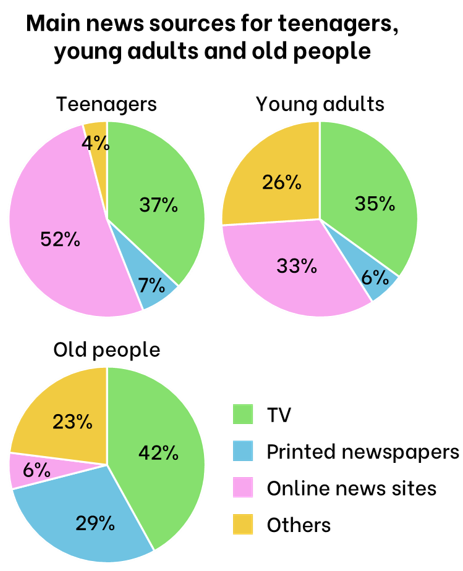The tiger is one of the most endangered animals in the world. The Wildlife Magazine is holding a writing competition to raise people's awareness about conserving tigers. Write a report (180-200 words) describing the threats facing tigers and suggesting possible solutions. Use the outline below to help you.
To: …
From: ...
Subject: ...
Date: …
Introduction
- This report describes the threats ... and suggests some solutions to the problem.
Threats
- Research has shown that ...
- Another serious threat is ...
Solutions
- One solution is …
- Second, it is important to ...
- In addition, we should ...
Conclusion
- In conclusion, there are …
- Therefore, we recommend …




Sao giáo viên lại đi hỏi bt ạ